In-Line Degassing Product Guide
Improve Instrument Performance with In-line Degassers
Reduce dissolved gas and air bubble interference in your fluidic system and improve the analysis result quality with IDEX Health & Science
Dissolved gases in reagent lines lead to bubble formation, disrupting analysis results and causing errors in fluidic and optical detection systems. IDEX Health & Science in-line degassing modules efficiently remove dissolved gases from a variety of fluids, ensuring optimal fluidic performance for your instrument. The fully swept flow path design of our degassers ensures minimal hydrodynamic impact; dissolved gas levels can be conveniently controlled through our adjustable vacuum pumps.
Features
- Highly efficient removal of dissolved gases
- Fully swept in-line fluid path
- Degassing across a wide range of flow rates (up to 1000 mL/min)
- Chemical resistance
- Long life, reliable vacuum sources
Applications
- Diagnostic applications: clinical chemistry, immunoassay, hematology, and other similar applications
- Modern molecular platforms: next generation sequencing, proteomics, molecular interactions, etc.
- Cytometric and histological platforms: flow cytometry, cell sorting, spatial profiling, and other cell based systems
- Chemical analytics: chromatography, mass spectrometry, etc.
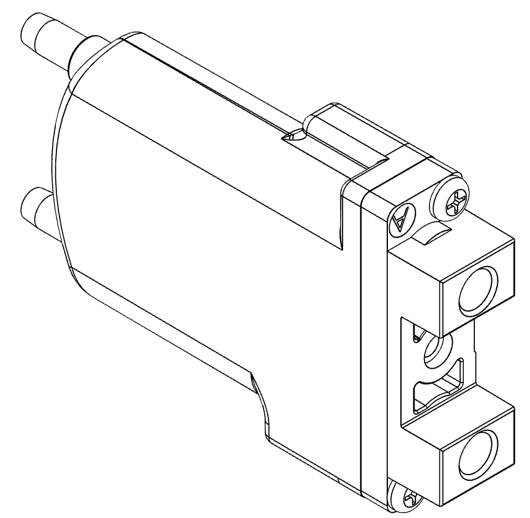
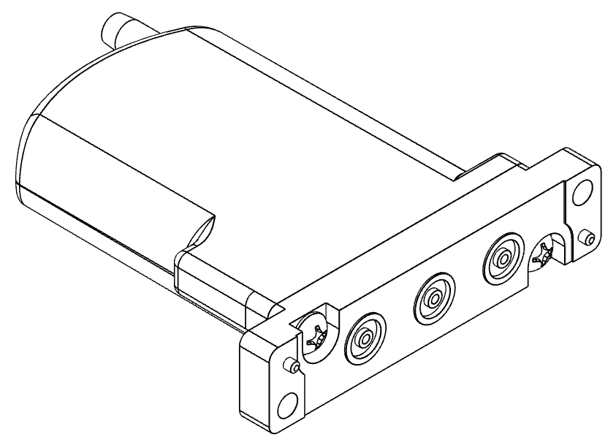
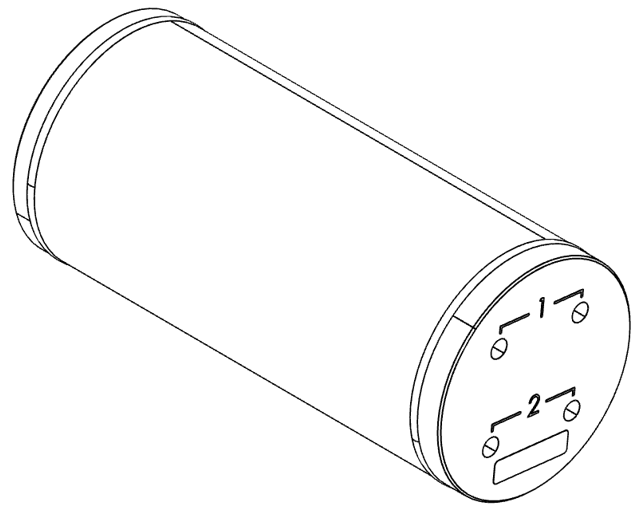
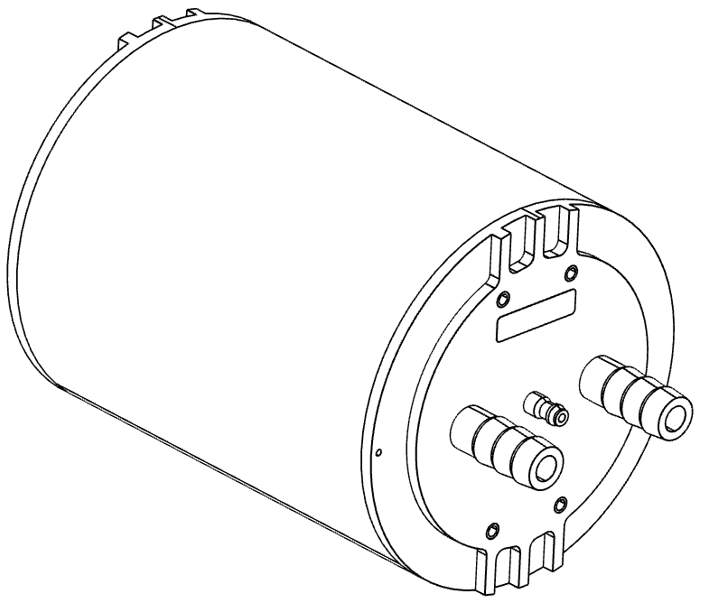
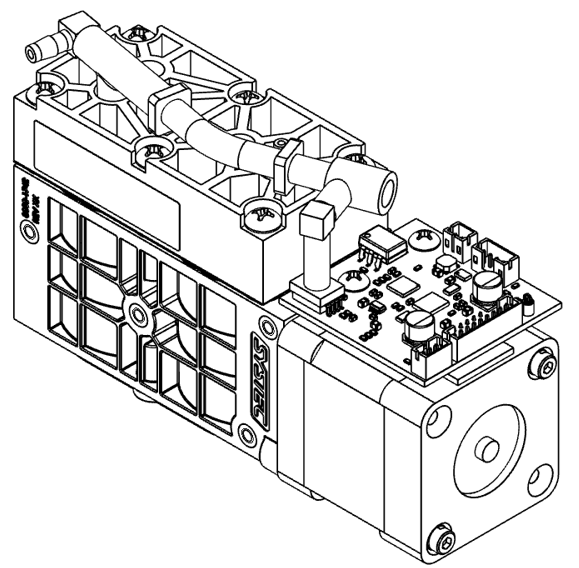
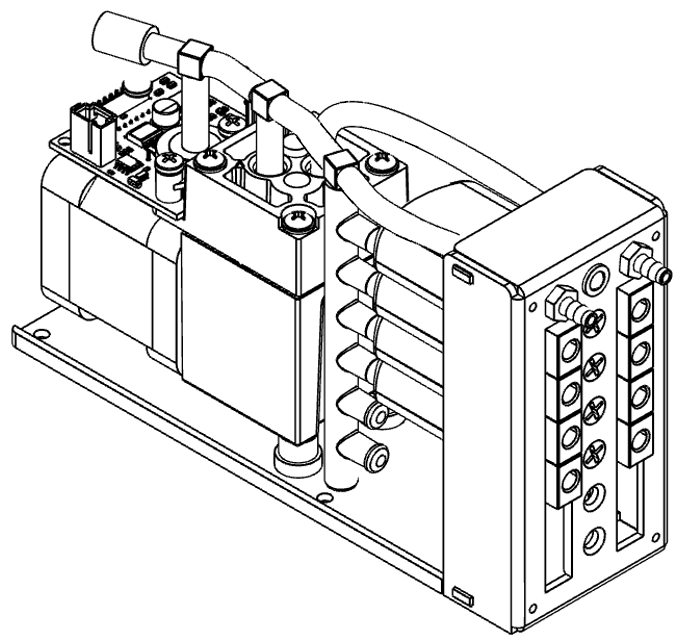
Importance of Degassing
Modern fluidic systems enable sophisticated molecular processes and diagnostic assays. Nevertheless, many mixing reactions and instrument connection points can lead to bubble formation. Unmitigated, bubbles can grow to considerable sizes and cause system errors.
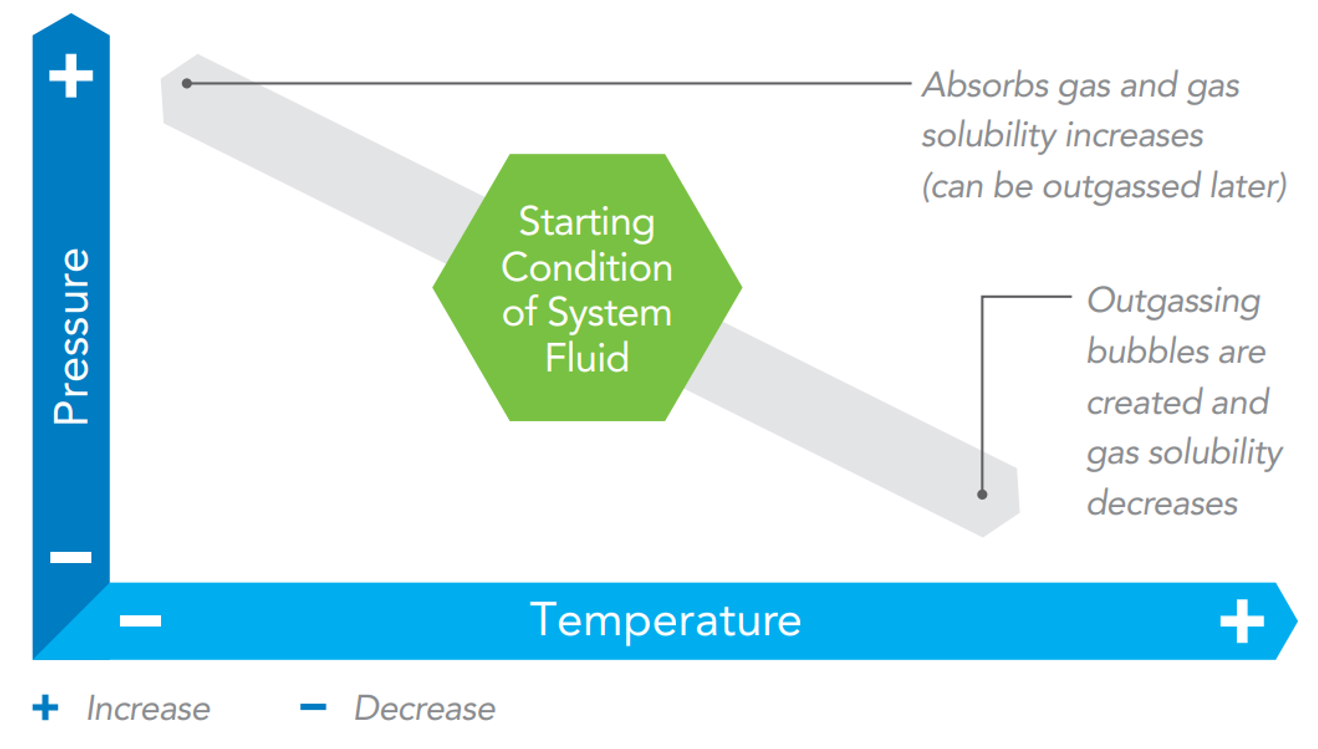
Figure 1: Anytime system conditions shift in a way that reduces the gas solubility of a fluid, outgassing occurs and bubbles form. If conditions change towards the lower right at any point in the fluid path, bubbles will be generated.
Dissolved Gas Leads to Bubble Formation
In many cases, the source of bubbles can be traced to the presence of dissolved gas in system fluids, reagents, and samples. The dissolved gases start forming bubbles as soon as the physical and chemical conditions begin to change (see Figure 1).
Common conditions leading to bubble formation include:
- Gas oversaturation in pressurized system fluids and reagents
- Under-pressurized liquids when aspirating over long lines or overcoming a height difference
- Temperature changes when routing liquids close to or through heat sources, such as solenoid valves
- Change in fluid chemistry
Beyond these slow processes, a significant ingress of air can occur when exchanging reagents, through faulty connections, or via shock and agitation.
Bubble Interference
Slow-moving or trapped gas bubbles interfere with system operation in many ways, negatively affecting instrument throughput, precision, and results:
- Disruption of optical detection, laser-based excitation and scattering, and imaging
- Disruption of fluid contact detectors like ISFET, LED, or any miniature electrodes or fluorescence detectors
- Interference with fluid contact feedback like pressure and level sensors
- Prevention of wetting small channels, micro patterns, and micro structures
- Interference with any precision fluid motion required for sampling and aspiration-dispensing cycles
Degassers eliminate dissolved gases before they start forming bubbles. They actively remove ingressed bubbles of significant size while flushing their surroundings with degassed liquid to prevent any disruption to your analytical system.
How It Works
IDEX Health & Science manufactures high efficiency active degassing systems, in-line degassing chambers, and long-life vacuum pumps. Our unique permeable membrane materials and flow path designs enable you to improve the automated processes and assays carried out by your fluidic system.
Active Gas Removal
Our in-line fluidic degassers remove dissolved gases from reagents, buffers, and solutions as they pass through a membrane-filled fluid chamber (see Figure 2).
The housing of our chambers acts as a vacuum container when connected to our long-life vacuum pumps. The partial pressure difference between reagents and the vacuum space efficiently removes dissolved gases. The complete enclosed systems require no user maintenance, are easy to integrate into your instrumentation, and offer a fully swept in-line flow path, mitigating carryover concerns when switching between analytical reagents and wash solutions.
Permeation Membranes
We achieve high-efficiency degassing through the use of precision-manufactured membranes. Specifically designed for in-line liquid-gas permeation, our Teflon AF membranes ensure performant degassing for slower flowing liquids and are compatible with a wide range of liquids. High flow aqueous applications use a special silicone polymer with permeation rates similar to Teflon AF with a high liquid contact area.
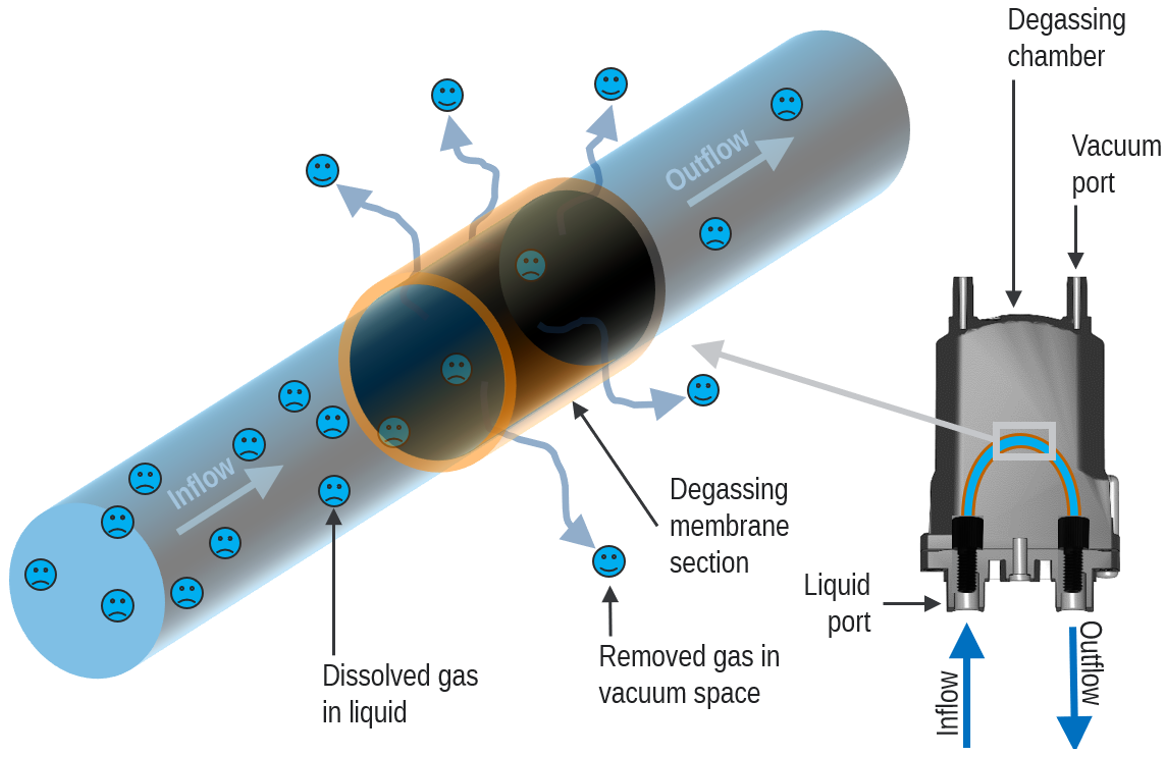
Figure 2: Active in-line degassing process as used in IDEX Health & Science degassing products. Gas-containing liquids enter the degassing chamber and are routed through a gas-permeable membrane located in a vacuum space. The partial pressure difference of a gas between liquid and vacuum drives gases out of the liquid.
Degassing Performance & Reliability
For optimal degassing performance, in-line degassing chambers operate in combination with our long-life vacuum pumps (see Figure 3). Vacuum levels are actively maintained by a PID-based control system, reducing unnecessary wear and improving overall lifetime. Pumps are available with different factory-set vacuum levels or can be programmed with custom values.
The choice of materials and further design considerations (e.g. provisions to remove pervaporated solvents) provide a significant chemical inertness and resistance.
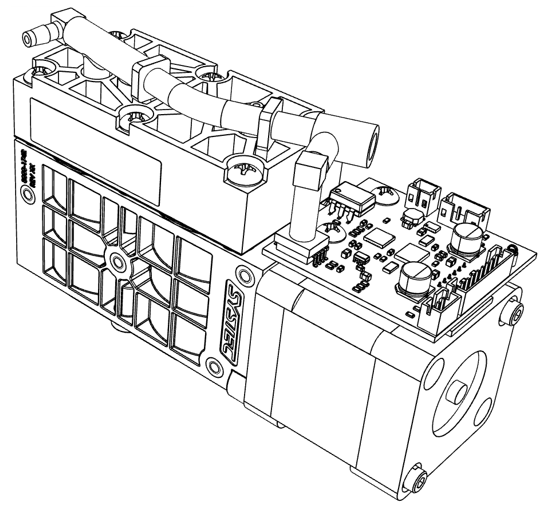
Figure 3: Example of a dual-stage IDEX Health & Science vacuum pump with integrated pressure sensor, stepper motor, and controller. The pump is available with various vacuum set points and a high-level serial communication command set allowing for fine vacuum adjustments.
Fluid Integration
In fluidic applications, many different pump types can be used to distribute reagents throughout the system. Since degassers facilitate permeation of gases, their membranes need to be thin. To avoid excessive hydrostatic pressure, the degassing chamber is typically placed in the pump suction line, not in the discharge line (shown below).
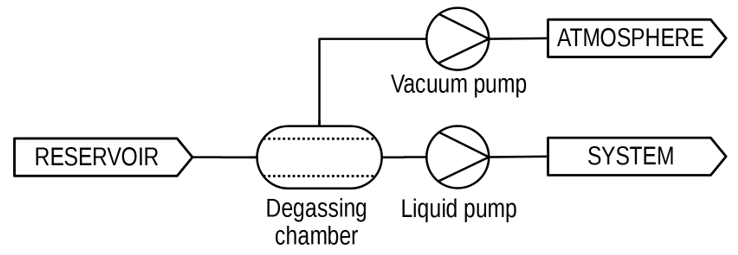
High flow degassing chambers can be used as a central degassing unit serving multiple lines. This can be achieved by using a single pump with a distribution valve (shown below) or individual pumps per line for asynchronous operation.
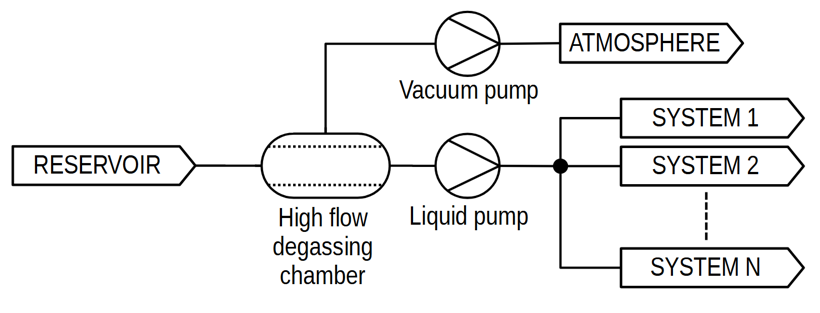
Development and Testing
IDEX Health & Science employs a robust, data-driven development process to deliver products tailored for your application. Our careful engineering approach pays attention to more than just the degassing materials, vacuum controller, and electromechanical design. We complement our products with extensive testing to ensure reliability and performance characterizing degassing efficiency with respect to flow rate, and making sure all other design elements satisfy your requirements. Our life-test methods use commercially available reagent preparations, or your unique reagent blend to provided confidence in your product performance.
Operational Excellence
Our Manufacturing Operations, Quality, Purchasing, and Planning groups are a part of our development teams and work together to transfer degassing specifications into the production environment. We use documented and controlled work processes, automated test equipment, verify the product’s value stream to ensure consistent and high-quality products.
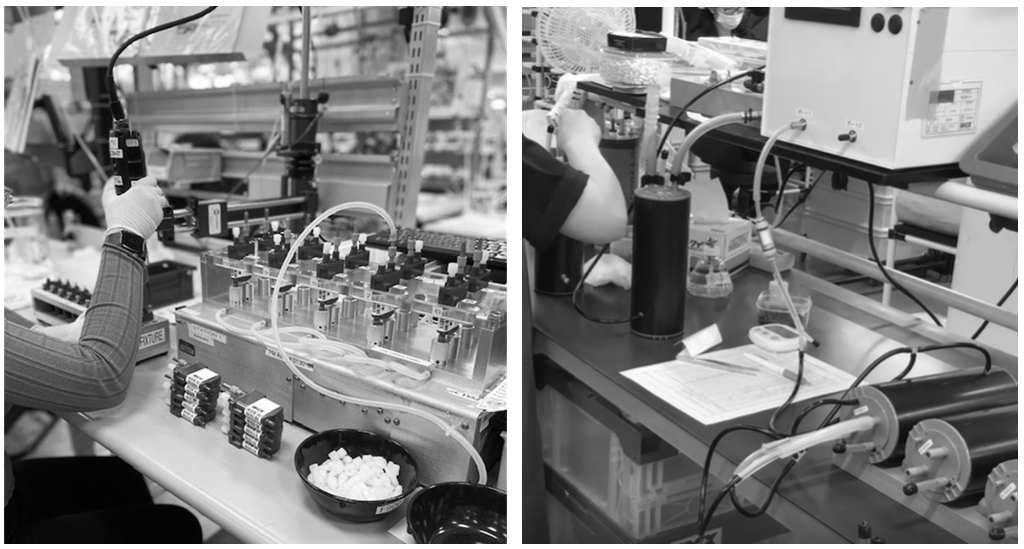
Figure 4: Our highly skilled production teams assemble and test degassing chambers and vacuum pumps in production. Our focus is ensuring that you get a high-quality product, manufactured to the highest workmanship standards.
Standard Degassing Products
Our standard degassing offering provides you a with wide range of flexibility to build your instrument. A team of dedicated applications scientists and engineers can help you select the right components to meet the specific needs of your application. For whichever design configuration you select, IDEX Health & Science offers you confidence in degassing efficiency, lifetime, quality, and consistency for your fluidic application.

Low Flow In-line Degassing Chambers
Eliminate dissolved gases in precision low-flow applications or from chemically challenging fluids
- High degassing efficiency at low flow rates
- Available as tube or as highly efficient film degasser chambers
- Provides outstanding chemical resistance to a wide variety of fluids
- Available standalone or manifold-mountable component
- For use in modern molecular detection or processing platforms including DNA sequencing, protein identification and interaction, flow cytometry, or chromatography

Medium and High Flow Inline Degassing Chambers
Improve throughput while maintaining performance
- Enables highest throughput of system fluids and reagents
- Ensures highly efficient degassing under heavy load
- Available as manifold-mountable component or as a standalone degasser option
- For use in high-throughput clinical chemistry and comparable assay systems

Long-life, Chemically Inert Vacuum Pumps
Add control and reliability to your degassing system
- Highly integrated, standalone, self-regulating system
- Improved chemical resistance using resistant materials and efficient prevention of pervaporated solvents
- Reduces wear by adapting speed to the vacuum level thereby improving reliability
- Can be used as a pneumatic fluid actuator provided liquid is prevented from entering the pump
- Designed for optimal performance with our degassing chambers

Complete Degassing Systems
For assembly and supply chain convenience
- Autonomous operation with minimal oversight from your instrument control system
- Improves throughput and performance using parallel degassing paths for each reagent line
- Provides reliability and reduces downtime in your instrument platform
- For use in higher throughput molecular or analytical platforms
| Overview of In-Line Degassing Chambers | ||||
| Parameter | Low Flow Teflon AF Chambers | Medium Flow Teflon AF Chambers | Medium Flow Silicone Chambers | High Flow Silicone Chambers |
| Recommended continuous degassing flow rate range1 | 1 to 10 mL/min | 1 to 40 mL/min | 1 to 80 mL/min | 100 to 1000 mL/min |
| Chemical compatibility | Organic solvents2, pH 1 to 14, organic-aqueous mixtures, high salinity and detergent-containing fluids | Organic solvents2 pH 1 to 14, organic-aqueous mixtures, high salinity and detergent-containing fluids | Deionized water, low salinity, moderate pH aqueous solutions, detergents | Deionized water, low salinity, moderate pH aqueous solutions, detergents |
| Degassing channel internal volume options (mL) | 0.10, 0.48, 0.67, 0.73, 0.93 | 6.4, 8.53, 9.53, 13.83 | 2, 93 | 58, 60, 100, 217 |
| Independent degassing channels | 1 | 1 for the 6.4 mL options, 2 for the rest | 1 for the 2 mL option, 2 for the 9 mL option | 1 |
| Maximum pressure tolerability4 | 70 PSI, 480 kPa | 70 PSI, 480 kPa | 14.5 PSI, 100 kPa | 14.5 PSI, 100 kPa |
| Fluidic connections | ¼-28 UNF-2B | ¼-28 UNF-2B | ¼-28 UNF-2B | Connection for elastomeric tubing |
| Vacuum connection | Connection for elastomeric tubing | Connection for elastomeric tubing | Connection for elastomeric tubing | Connection for elastomeric tubing |
| Fluid contact materials | FEP, PEEK, PTFE | PPS, PTFE, glass-filled PTFE, stainless steel | EPDM, PVC, Silicone | (EPDM, Epoxy, mPPE, NBR, PE, PMP, PP, PVC, Silicone)5 |
1: Depends on model; please check product or product family data sheets for further information; most chamber models show a ~50% degassing efficiency with respect to oxygen removal at the midpoint of their recommended flow rate range.
2: Note that a high vapor pressure can lead to a high pervaporation rate and potential condensation in the vacuum system.
3: The internal volume is given per channel in case of a multi-channel chamber.
4: Pressure difference across the membrane between liquid and vacuum space.
5: Depends on model; please check product data sheet for more information; most common materials are NBR, PP, PVC, and silicone material.
Fill out the form to get started on your degasser project
*Required field
Upon submission of this form, you will receive an email from IHSmarketing@idex-hs.com to verify your email address. Please open the email with subject line: "Please confirm your email address" and click "I confirm" to complete the request.
